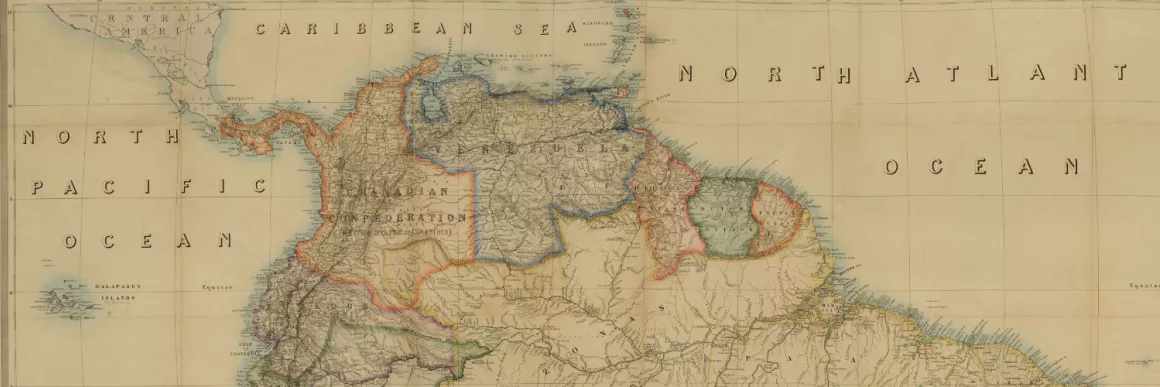This volume investigates the afterlives of British Romantic poets in the Hispanophone world with an emphasis on Latin American authors. Reframing the outdated model of a European center and a New World periphery, we ask the following questions: To what extent has translation shaped or impeded the dissemination of otherwise global Romantic texts throughout countries like Argentina, Cuba, Colombia, and Venezuela? How do Latin American reinterpretations of Romantic texts assume or elide the colonial burdens of influence from English works, as compared to those imposed by continental Spanish texts? How do Latin American writers negotiate their position in relation to a European literary and cultural canon? And in what ways do these Anglo-Latino interactions differ from those recently explored in transatlantic studies, of North America, the West Indies and the Black Atlantic? Featuring paired essays on Byron, Shelley, and Keats, we trace afterlives anchored around the three major second-generation poets. Their points of connection with the Luso-Hispanic world are prominent writers of the nineteenth and twentieth centuries whose intellectual curiosity and cosmopolitanism bridge the British Isles with Central and South America, as well as with Spain. The following studies compose a collection of echoes, reflections, and translations of the English Romantics in Spanish and Portuguese. The works of José Marmol, Manuel Antônio Álvares de Azevedo, Martín Zapata, Luis Cernuda, Alejo Carpentier, Jorge Luis Borges, and Julio Cortázar constitute the tiles of this multicolored mosaic.
Abstract
It is not common to associate Latin America with studies of English Romanticism. However, authors from Manuel Antônio Álvares de Azevedo to Julio Cortázar have innovatively transformed the works of the British Romantics through purposeful misreadings and adaptations, forging links of aesthetic closeness and poetic familiarity that compensate for their chronological and geographical separation. The transformations of Byron, Shelley, and Keats by Hispanophone and Lusophone writers are marked by authority, whimsy, and adventure, often evoking a sense of playful irreverence.
Abstract
“Latin America’s 'Chiaroscuro' Byron” explores the ways in which Latin America and English Romanticism clashed and overlapped during the nineteenth century in their portrayals of Lord Byron. Offering a glimpse into the fervid Byromania spreading among young intellectuals in the Southern Cone, this essay traces how Byronic figures were adopted in Spanish and Portuguese by the novelist José Mármol and by the Brazilian poet Manuel Antônio Álvarez de Azevedo.
Abstract
This essay explores the often unfaithful translations of Byron’s The Giaour into Spanish, especially in light of their prosification and importation across genres. Focusing on an adaptation by the Argentine writer and politician Martín Zapata, it contextualizes this afterlife within Argentine intellectual and political tensions. Zapata was the first to provide a direct adaptation from the original text, and also the only adaptor to truly preserve the vampiric elements of the plot.
Prometeo Desencadenado: The Afterlife of Percy Shelley’s Prometheus Unbound in the Americas
Omar F. MirandaAbstract
This comparative essay focuses on the afterlife of Percy Shelley’s Prometheus Unbound (1820) in the Spanish-American tradition. It begins with an overview of the work’s reception history in Hispanophone culture, including its appeal as a revolutionary manifesto in Spanish-American journalism and literature. The essay then unpacks the Shelleyan inspiration and thematic echoes in The Lost Steps [Los pasos perdidos] (1950), a well-known classic by the Cuban novelist Alejo Carpentier.
Abstract
This essay presents a study of the Spanish writer Luis Cernuda and his poetic appropriation of the English Romantic aesthetic and sensibility. A member of the Generation of '27, Cernuda left Madrid in 1938 to deliver lectures at Oxford and Cambridge, traveling to Glasgow, Cambridge, London, and the United States before finally settling in Mexico. As an exile in Scotland and England, Cernuda encounters Romanticism in the midst of the Modernist rejection of the era, negotiating questions of poetical ethics and pertinence during an era of modern warfare.
Abstract
This essay focuses on Keats’s reception and critical influence through the eyes of Jorge Luis Borges and Julio Cortázar, the two giants of Argentine letters. Both writers depicted and identified Keats as a misunderstood figure that needed to be rescued by their intervention.
Abstract
This essay explores the generic hybridity and transtemporality of Imagen de John Keats, Julio Cortázar’s literary biography from the 1950s. An amphibious text that oscillates between a rigorous work of criticism and a playful work of fiction, it follows two lines of national influence: the Latin American surrealist short story and Romantic poetry.

